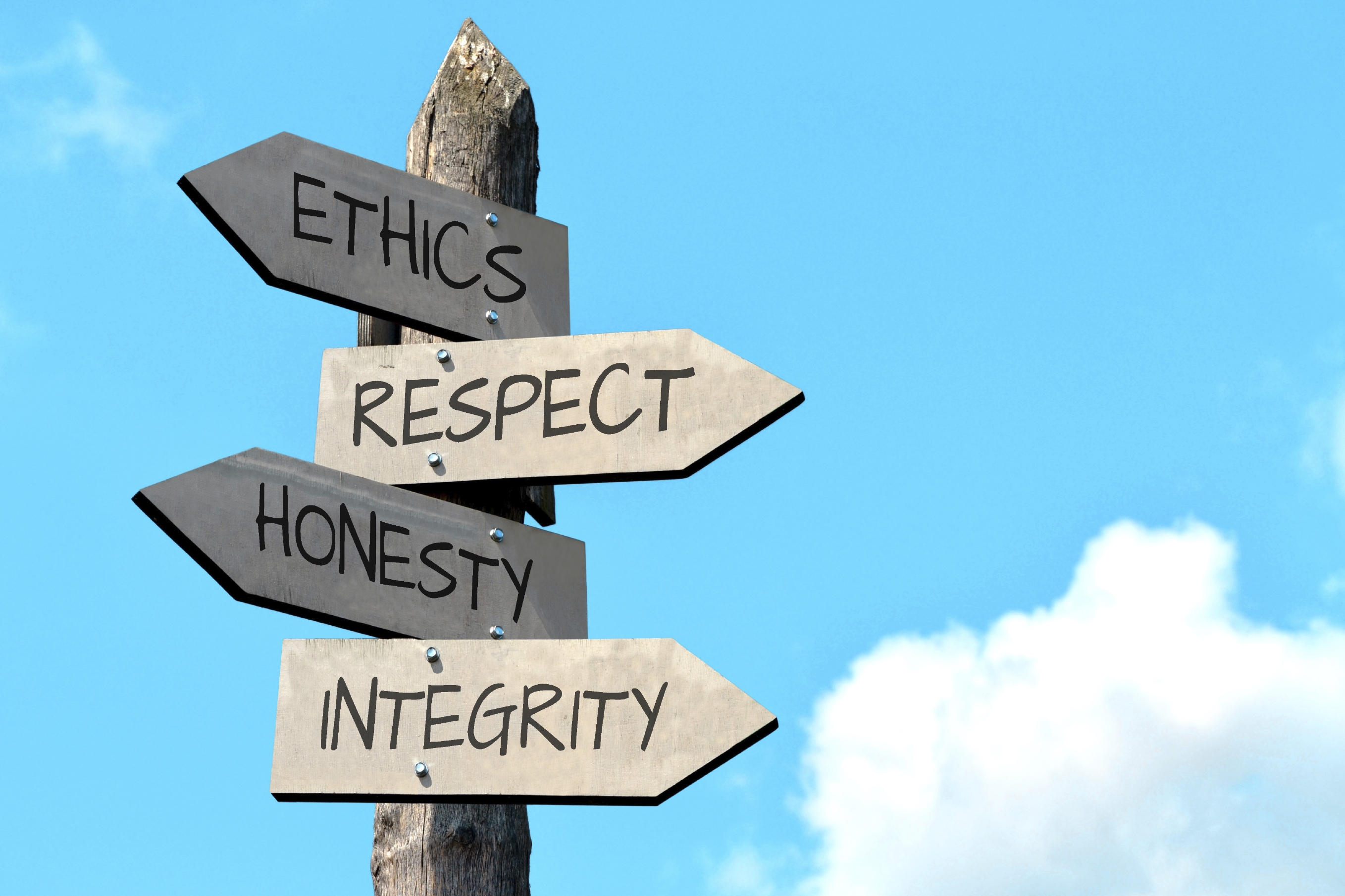Unethical behaviors
In CCJ 4054, students study unethical behavior patterns which are arguably driven by:
a) codes of conduct,
b) laws,
c) determinism,
d) indeterminism,
e) free will,
f) universal responsibility,
g) relativism,
h) legal moralism,
i) paternalism
j) egoism
k) Virtues and Vices
Students will use the film to address Six of the 11 concepts listed above and will provide an analysis of:
1) why corruption occurs in the criminal justice system,
2) why it is necessary to differentiate between ethics and morality.
3) why determining one's duties should include ethical consideration
Sample Answer
Unethical behavior can be defined as an action that falls outside what is morally measured proper or right for a profession, an industry or a person in the estimation of right-thinking society members. Just like individuals, industries as well as professions can also behave unethically. The problem with ethics is that it borders so closely with morality that it becomes difficult to draw the thin line between the two. Moreover, ethics cannot easily be legislated and falls at the alter of personal decision and opinion. Among other things


